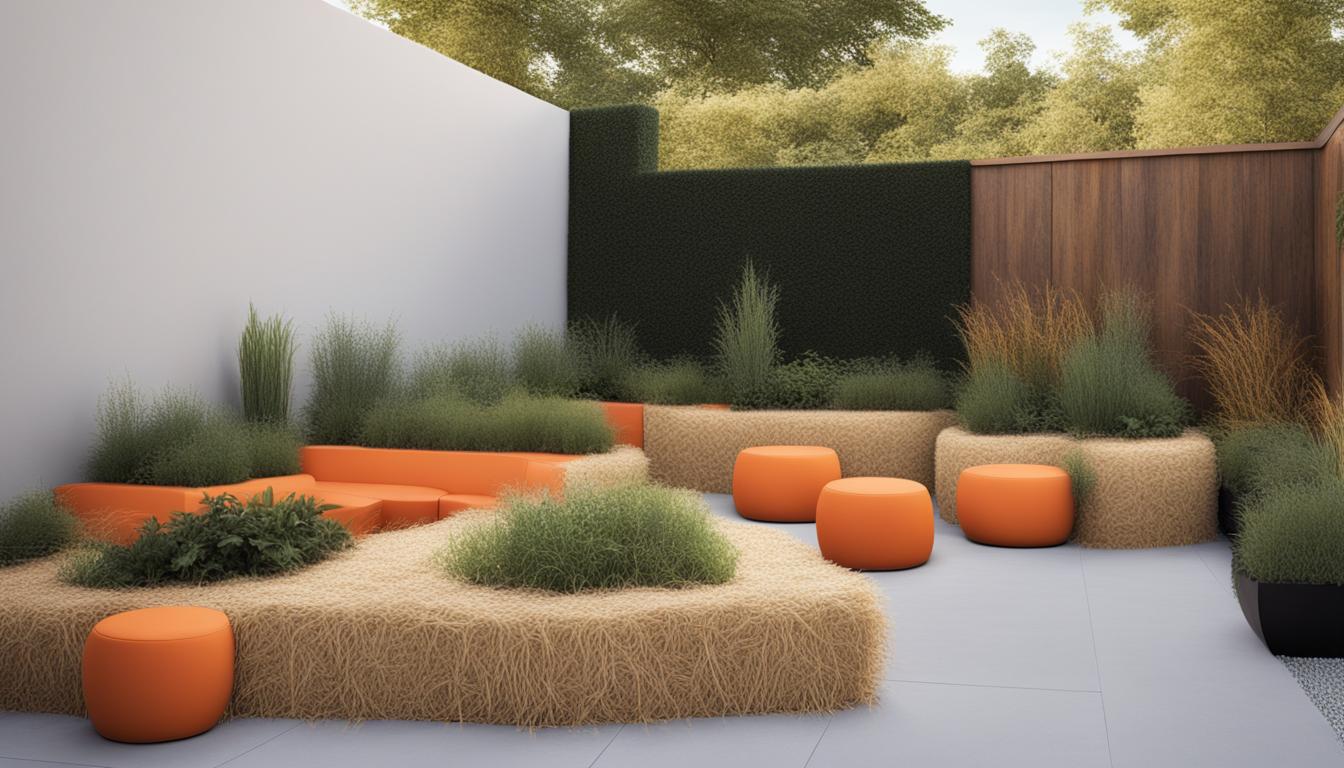Gardening enthusiasts with poor soil quality or limited space may consider utilizing straw bales as an alternative for growing plants, as highlighted by Jessica Damiano in her column. This method is particularly advantageous for individuals unable to install traditional raised beds.
Straw bales, typically measuring between 14 to 24 inches high, 18 inches wide, and 36 to 42 inches long, are preferred over hay bales due to their lower seed content, which reduces weed growth. It is also advisable to ensure that these bales are organic or at least pesticide-free to prevent adverse effects on plant growth.
Before planting, the bales require a two-week conditioning period. This process involves initial thorough watering for the first three days, followed by a fertilization phase using a nitrogen-rich lawn fertilizer or an organic mixture of bone meal and blood meal from the fourth to the tenth day. Continuous watering during this period is crucial to maintain moisture and facilitate the decomposition process, turning the bale into a nutrient-rich planting medium.
Planting involves making holes or slits in the bale to insert seedlings or seeds, supplemented with compost or potting mix to support plant growth. Consistent watering and fertilization through the growing season are essential for maintaining healthy plants. While many plants thrive in this medium, those with heavy tops and shallow roots, like corn, are not recommended due to their growth characteristics.
This gardening approach not only offers a practical solution for gardeners with suboptimal soil conditions but also utilizes straw bales in an eco-friendly and efficient way.
